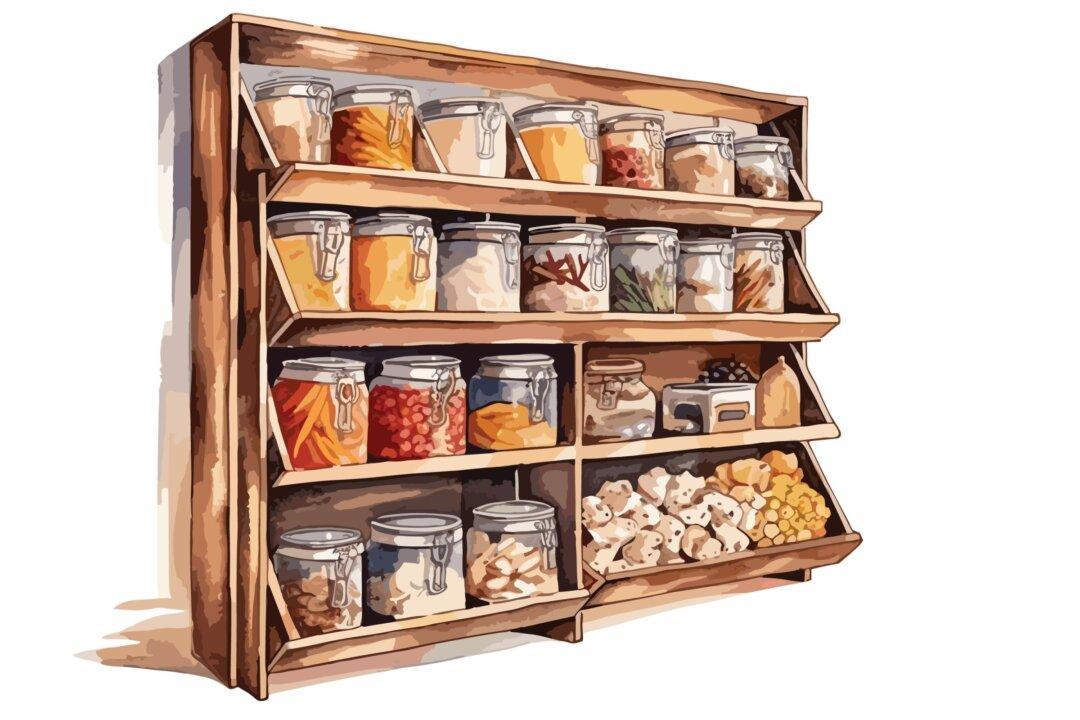PARLIAMENT HILL—Canada’s free trade deal with the European Union charts new ground in an evolving global economy and could lead to a rewrite of NAFTA and other trade agreements, says one expert.
In the new world order, trade is fast and free, letting agile companies build transnational operations using the best and cheapest the world has to offer.
A revolution in transportation streamlined logistics and brought shipping costs down dramatically, making it cost-effective to produce products (or parts of products) in far-flung corners of the globe where labour was cheap and infrastructure mature.
Now, a revolution in communications promises to do the same with services—everything from architectural design to tech support. Many services are already delivered offshore, as Indian accents attest on calls to customer service, but barriers have kept others homebound.
As manufacturing jobs leave developed countries to bring much-needed wealth to impoverished nations, services continue to grow as a portion of the GDP, from 59.8 percent of GDP in 1980 to 66.8 percent in 2008.
Part of reason for that is the way technology has changed the way people work and play, and as a result, it’s time services were included in trade deals, said Werner Antweiler, the chair in international trade policy at the University of British Columbia’s Sauder School of Business.
“The Canada-EU free trade agreement has the potential to be a milestone by charting new territory. I think you kind of have to look at it as a new template for free trade agreements,” said Antweiler.







